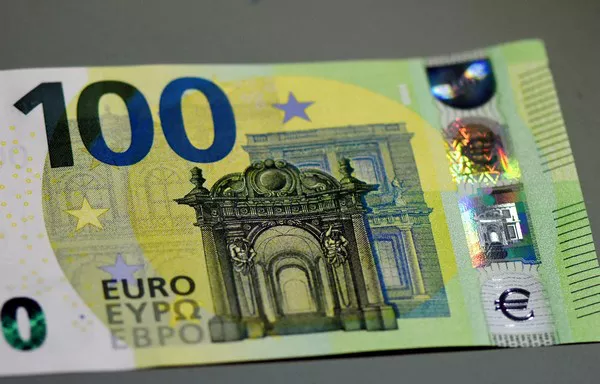In the intricate world of global finance, the strength and stability of currencies play a pivotal role in shaping economic landscapes. One noteworthy phenomenon in recent times is the relative strength of the euro compared to the US dollar. This article explores the key factors contributing to the euro’s supremacy over the dollar, shedding light on the complex dynamics influencing these currencies.
Economic Indicators:
One of the primary drivers behind the euro’s strength lies in the economic indicators of the Eurozone compared to the United States. Factors such as GDP growth, unemployment rates, and inflation play crucial roles in determining currency strength. In recent years, the Eurozone has demonstrated a robust economic performance, outpacing the United States in certain key metrics.
The Eurozone’s collective GDP growth has been consistently strong, fueled by the economic recovery of member countries. This positive momentum has bolstered confidence in the euro, attracting investors seeking stable and growing markets. In contrast, the United States has faced challenges such as sluggish growth and uncertainties, impacting the dollar’s relative strength.
Trade Surplus:
The Eurozone’s trade surplus, a situation where exports exceed imports, has contributed significantly to the euro’s strength. This surplus reflects a competitive advantage in the global market, leading to a higher demand for the euro. Germany, as the largest economy in the Eurozone, has played a pivotal role in this phenomenon.
The strength of German exports, particularly in manufacturing and technology, has consistently driven the Eurozone’s trade surplus. As a result, the euro benefits from a positive trade balance, boosting its value against the dollar. In contrast, the United States has been grappling with a persistent trade deficit, impacting the dollar’s standing in the global market.
Monetary Policy:
Divergent monetary policies between the European Central Bank (ECB) and the Federal Reserve have also influenced the relative strength of the euro and the dollar. The ECB has maintained a cautious and accommodative approach, implementing policies that prioritize economic stability and growth. On the other hand, the Federal Reserve has pursued a path of monetary tightening, with higher interest rates aimed at curbing inflation and sustaining economic balance.
The interest rate differential between the euro and the dollar has attracted investors to the Eurozone, seeking better returns on investments denominated in euros. This capital inflow strengthens the euro, creating a favorable environment for its appreciation against the dollar.
Political Stability:
Political stability is a critical factor influencing currency strength, and the Eurozone has enjoyed a period of relative political cohesion compared to the United States. The absence of major political upheavals or uncertainties within the Eurozone has contributed to a stable economic environment, fostering confidence in the euro.
In contrast, the United States has experienced periods of political volatility, including trade tensions, government shutdowns, and uncertainties surrounding elections. These factors have occasionally led to fluctuations in the dollar’s value, impacting its standing against the euro.
Global Reserve Currency Status:
The global reserve currency status of the US dollar has historically granted it a level of inherent strength. However, in recent times, there has been a gradual shift in this dynamic. Some countries and international organizations have sought to diversify their reserve holdings, reducing their reliance on the dollar.
The euro, as the second most widely held reserve currency, has benefited from this diversification trend. Countries looking to hedge against currency risks and geopolitical uncertainties have shown a growing preference for the euro, contributing to its relative strength.
See Also Which country has the strongest economy in the EU?
Conclusion:
The euro’s strength against the dollar is the result of a complex interplay of economic, monetary, and geopolitical factors. The Eurozone’s robust economic indicators, trade surplus, and sound monetary policies have propelled the euro to a position of strength. Additionally, political stability within the Eurozone and a shift in the global reserve currency landscape have further bolstered the euro’s standing.
While the dynamics influencing currency strength are multifaceted, understanding these factors provides valuable insights for investors, policymakers, and businesses navigating the ever-evolving global financial landscape. As the economic landscape continues to evolve, monitoring these key determinants will be essential for anticipating future trends in the exchange rate between the euro and the dollar.


